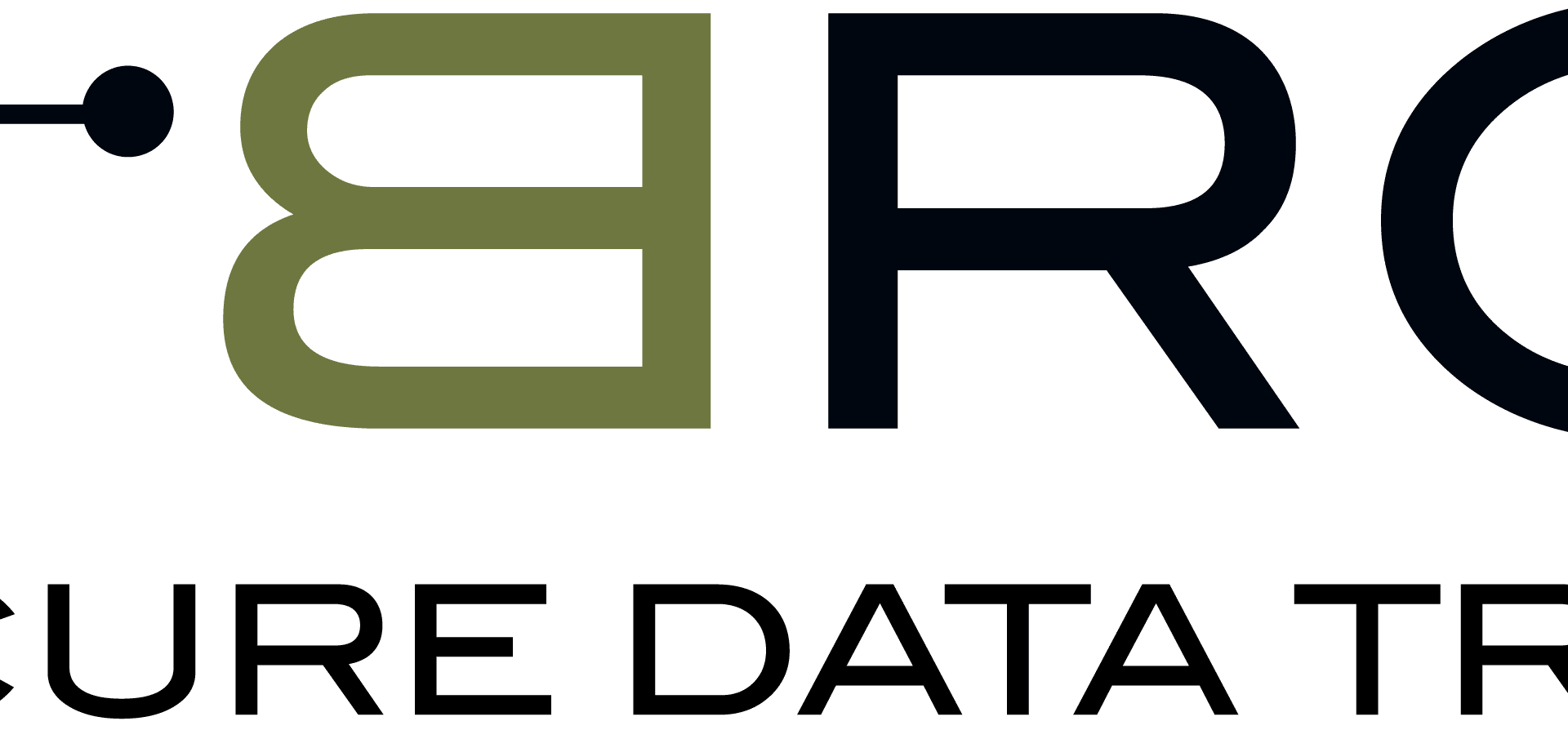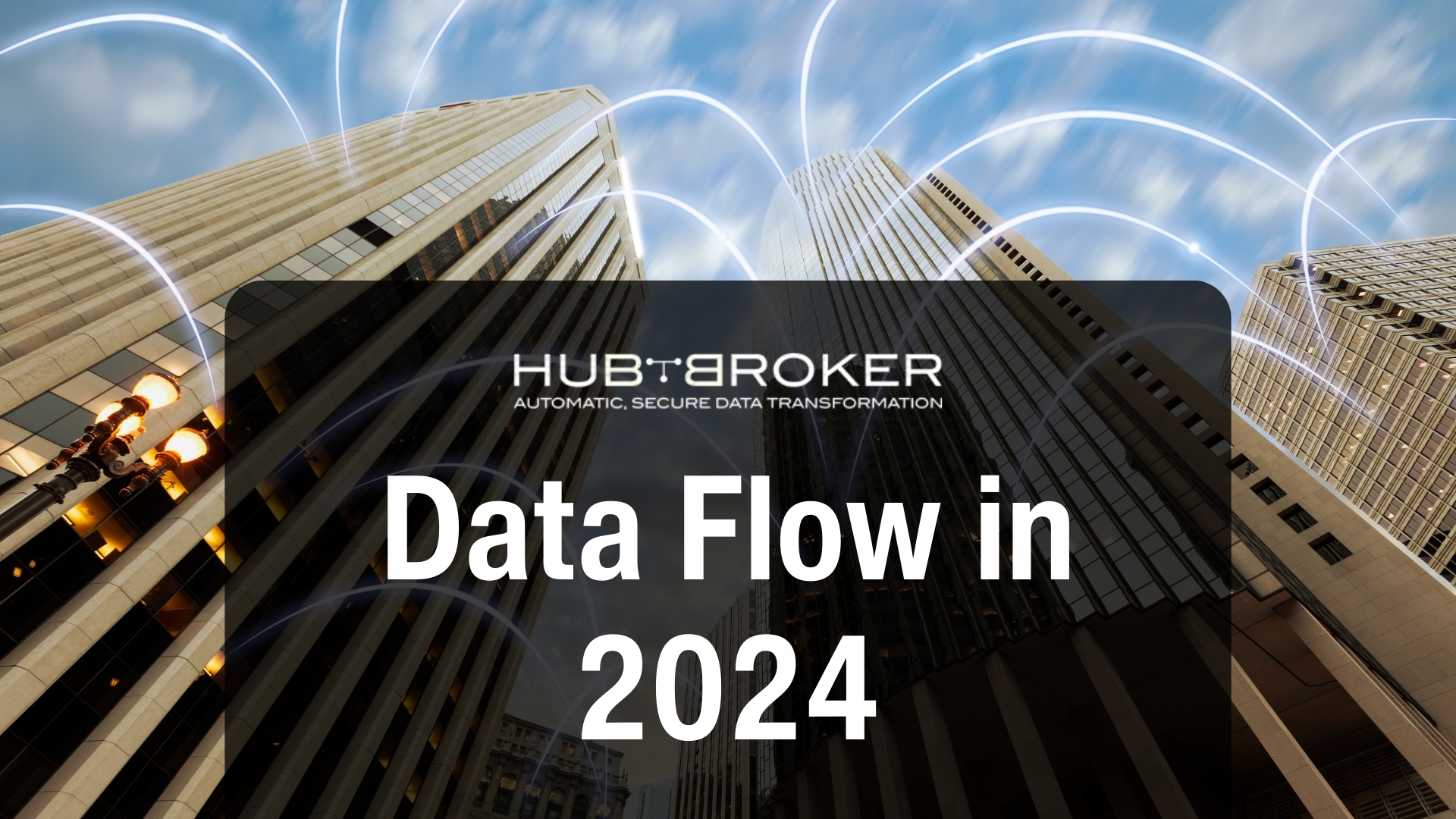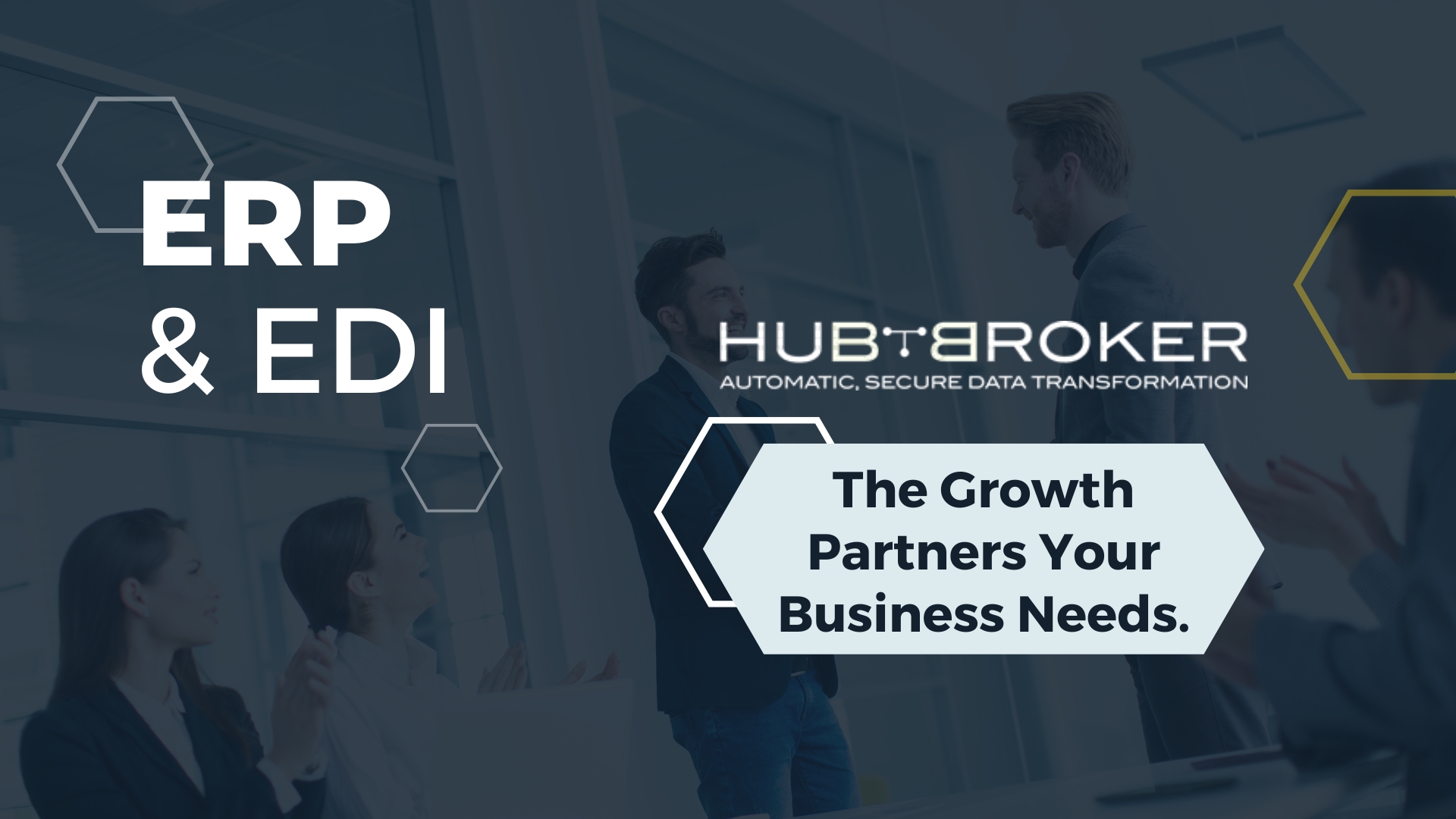In the ever-evolving data integration landscape, 2024 marks a pivotal moment where businesses are not just adapting but thriving in the era of seamless data flow. This article takes you through emerging technologies, specifically Hybrid Integration Platforms (HIPs) and API-driven integrations, reshaping how organizations handle and leverage their data.
The Need for Seamless Data Flow
In the digital age, data is the lifeblood of every organization. However, the challenge lies in harnessing the power of this data efficiently. Seamless data flow, where information moves effortlessly across systems and platforms, has become a strategic imperative for businesses seeking agility, innovation, and competitive advantage.
The Role of Hybrid Integration Platforms (HIPs)
Hybrid Integration Platforms (HIPs) have emerged as a building block for seamless data flow. These platforms provide a unified environment that combines on-premises and cloud-based systems, offering a holistic approach to integration. HIPs enable organizations to connect disparate applications, databases, and processes seamlessly, fostering a more cohesive and interconnected IT landscape.
Benefits of HIPs:
HIPs bring several advantages to the table. They streamline integration processes, reduce complexity, and enhance flexibility. With the ability to accommodate legacy systems and modern cloud-based applications, HIPs bridge the gap between the old and the new, ensuring a smooth transition to more advanced and agile data environments.
The Power of API-Driven Integrations
APIs as Catalysts for Seamless Connectivity:
APIs, or application programming interfaces, facilitate smooth data flow. APIs enable communication between various software programs by specifying rules and protocols. In 2024, there will be a greater focus than ever on API-driven integrations, as businesses realize the flexibility and productivity of APIs.
Real-Time Data Exchange:
API-driven connections make Real-time data interchange possible, dismantling information barriers and guaranteeing that data is current throughout the ecosystem. APIs are the means via which data can move quickly between various programs, be it internal connectivity, external partner integration, or third-party service integration.
Data Security and Governance:
As data flow becomes more seamless, the importance of robust data security and governance cannot be overstated. Emerging technologies focus on addressing these concerns head-on, implementing encryption, access controls, and monitoring mechanisms to ensure that data flows seamlessly and securely.
Scalability and Adaptability:
One important consideration is the scalability of data flow solutions, particularly for growing enterprises. Scalability is a critical consideration in designing hybrid integration platforms and API-driven integrations, which enable organizations to adjust to shifting data volumes, application landscapes, and business requirements without sacrificing efficiency.
Harnessing Predictive Analytics:
Looking beyond 2024, the integration landscape is set to be influenced by predictive analytics. Organizations can anticipate future integration needs by leveraging historical data patterns and trends, optimizing workflows, and proactively addressing potential challenges. Predictive analytics ensures that data flow remains seamless but also anticipatory and strategic.
The Role of AI in Optimization:
Data integration is increasingly reliant on artificial intelligence (AI). AI-driven insights can enhance data flows by finding patterns, automating decision-making procedures, and consistently raising the effectiveness of integration platforms. AI will become increasingly important in improving and refining the smooth data flow by 2024 and beyond.
The path to seamless data flow is paved with innovation, integration, and adaptation as we go forward into 2024 and beyond. As beacons point enterprises toward a future in which data flows smoothly, safely, and strategically, hybrid integration platforms and API-driven integrations enable companies to realize the total value of their data in the digital era.





